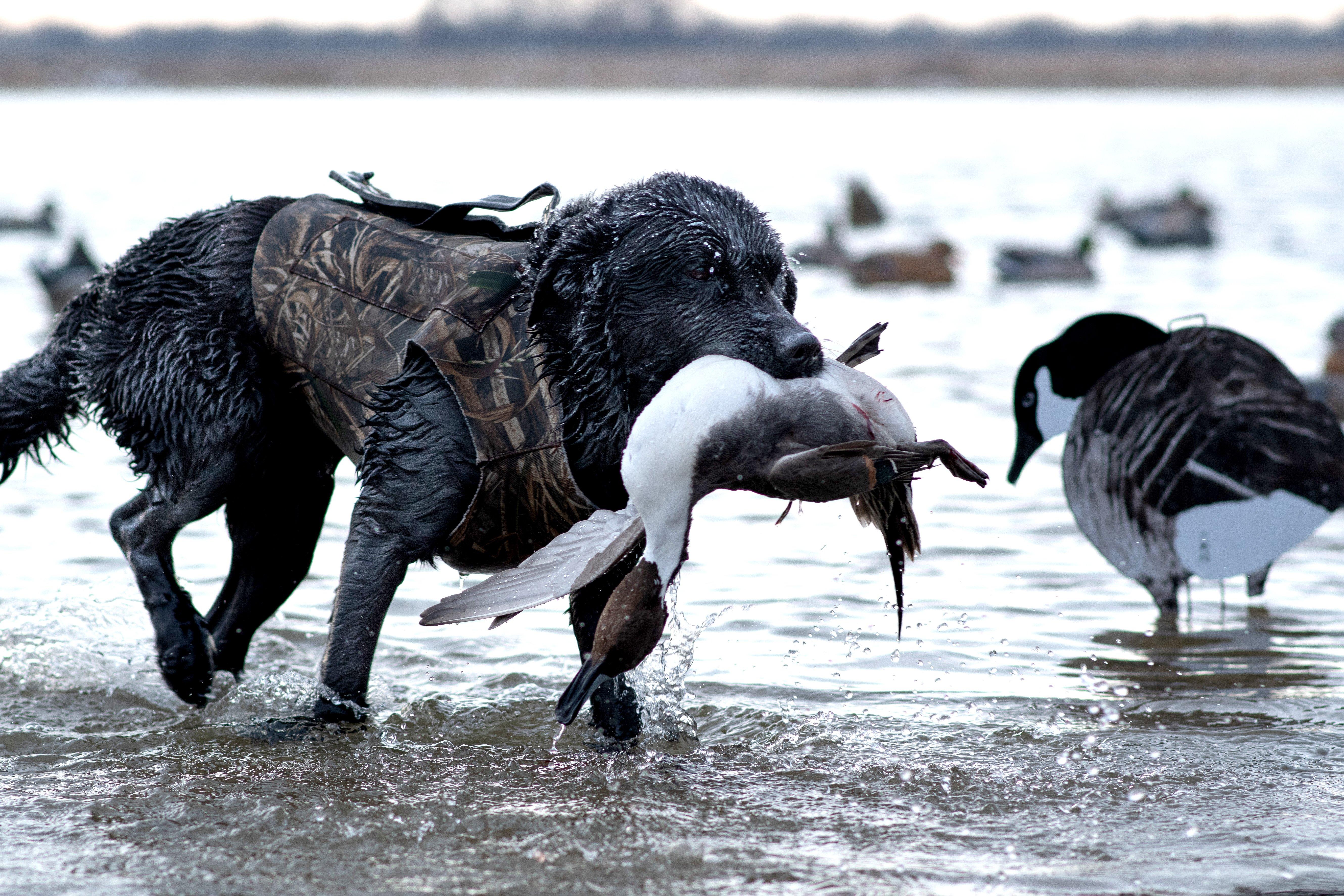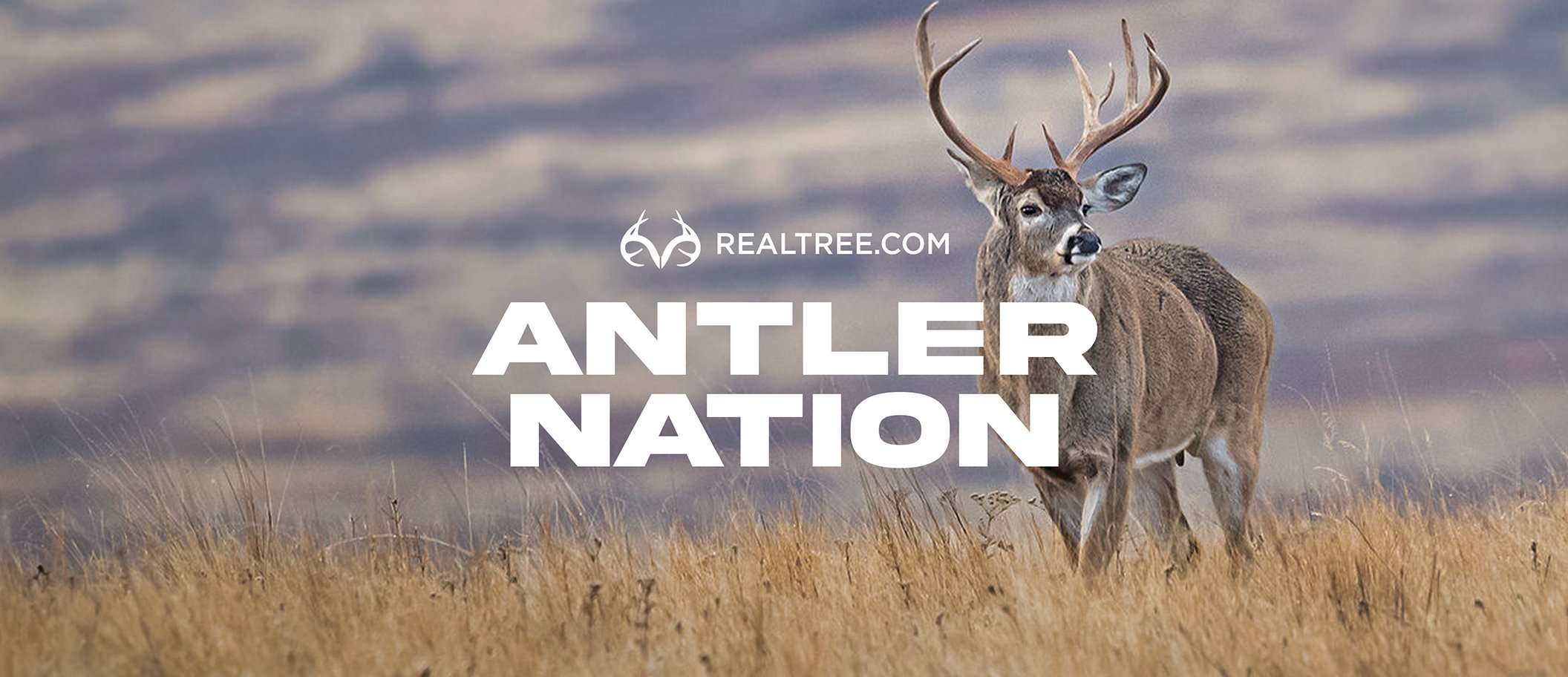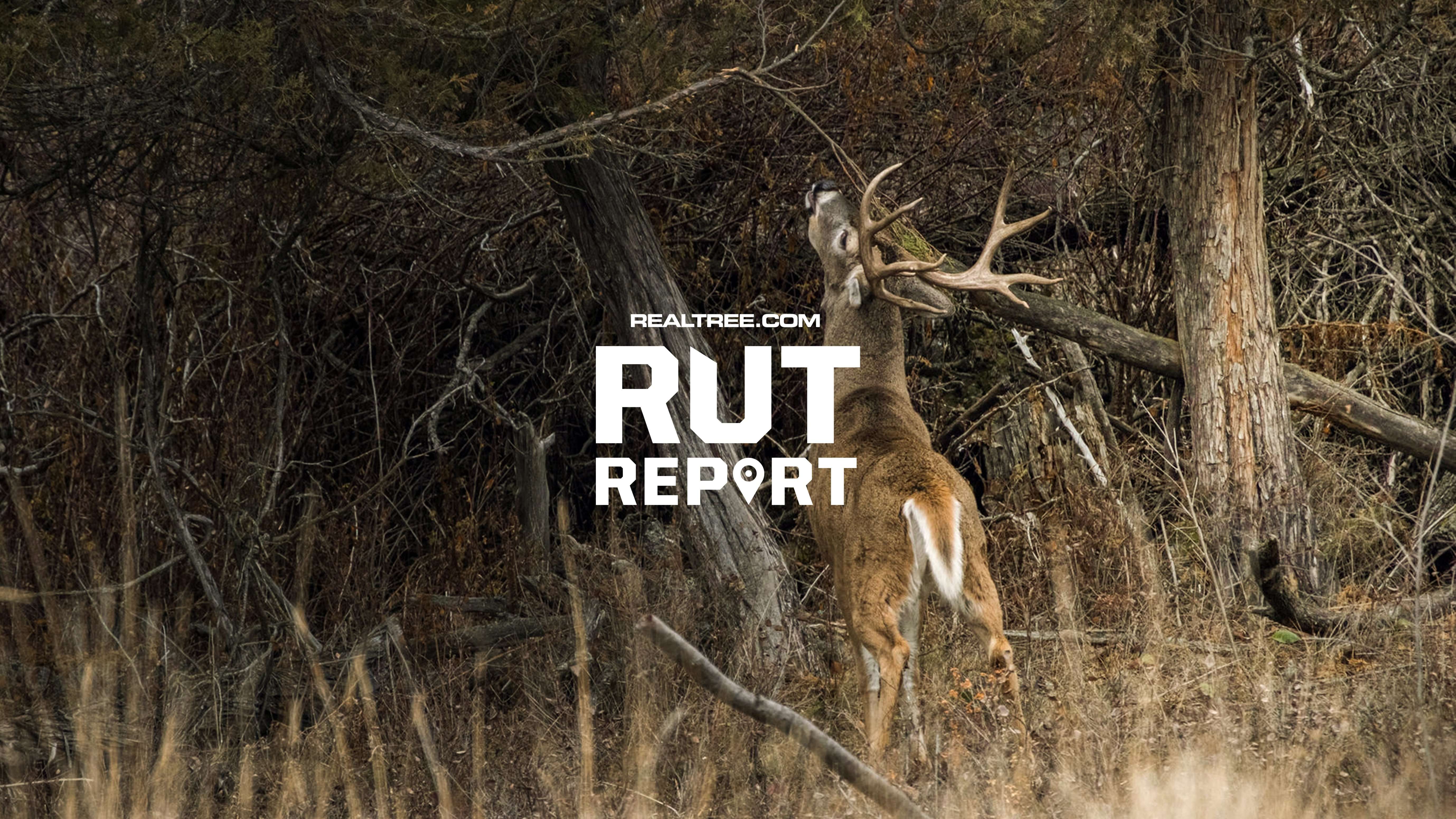387,000
Duck Statewide Harvest
258,200
Goose Statewide Harvest
31,500
No. Waterfowl Licenses Sold Annually
13.7
Ducks Per Hunter
13.6
Geese Per Hunter
$27.50
Cost of Resident Waterfowl Hunting License
Stamp $10; HIP stamp $2.50
Cost of Resident State Stamps and Permits
$25
Federal Duck Stamp
$127.50
Cost of Non-Resident Waterfowl Hunting License
Stamp $10; HIP stamp $2.50
Cost of Non-Resident State Stamps and Permits
$25
Federal Duck Stamp

Photo by Forrest Carpenter
Kansas receives a solid B rating for several reasons.
First, it regularly holds mallards all winter. With relatively mild and open winters and plenty of grain stubble, the table is set to keep greenheads right there for fantastic winter hunts. Yes, water can be scarce, but flowing rivers (namely the Kansas and Arkansas and their tributaries, along with the Neosho in the southeast) usually stay open to provide birds the roosts and resting places they need.
Second, if you're an equal-opportunity waterfowler, Kansas offers prime opportunity for Canada geese. In fact, the goose count there sometimes comes close to rivalling the total duck harvest. You shouldn't have a problem gaining access to hunt field geese; landowners don't think much of them. Offering to cart in your decoys (if the ground isn't frozen) will go a long way toward getting permission.
Third, Kansas is probably the best of all Central Flyway states for coordinating hunter access to private lands — more than 1 million acres — via its Walk-In Hunting program. It's true that many of those acres are more suitable to pheasant and quail hunting, but with a little work, you can locate plenty of wetlands, ponds and potholes to hunt, even out in the dry central and western reaches of Kansas.
Be sure to study Kansas' duck zone map to plan your hunt. Duck and goose seasons generally stay open through much of January, so this is a great destination when the hunting has ended around your home sloughs.
— Compiled and written by Tom Carpenter












